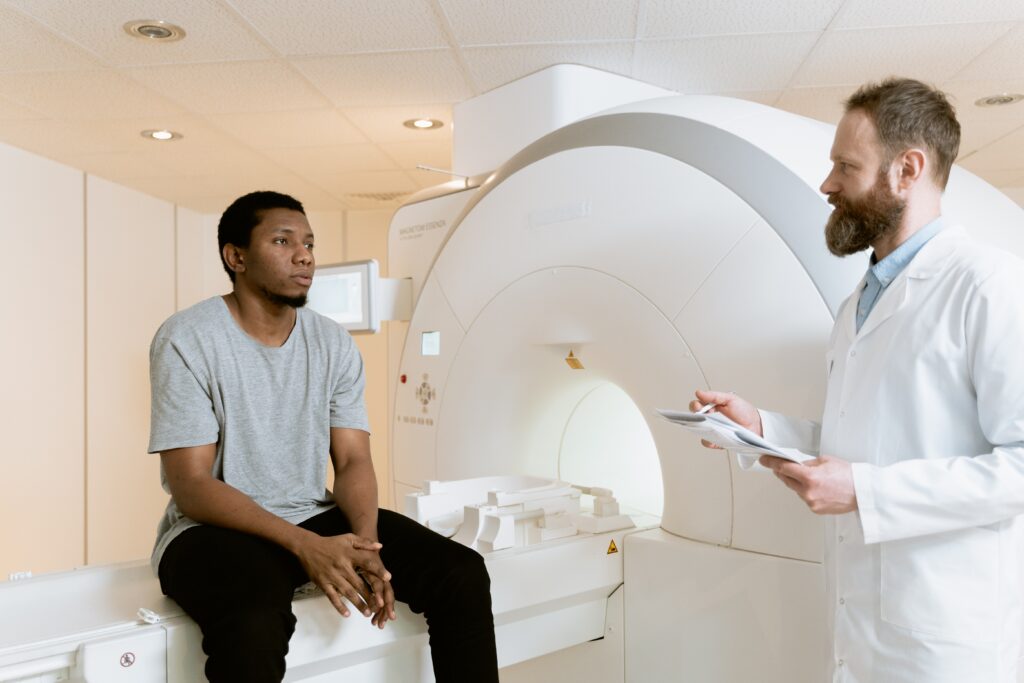The oncology research pathway is paved with numerous challenges, and oncology clinical trials have one of the lowest success rates. Many of the challenges of clinical trials are well known, and oncology trials differ from other therapeutic areas in several aspects: their design is often more complex, the procedures are numerous, the visit schedule can be intense for both patients and sites, and the design can be subject to change as the trial progresses.
Technology can bring simplicity and smooth the flow of often hectic oncology clinical trials, but what are the specific tools and keys to conduct eCOA trials in oncology successfully? This article identifies some of the relevant solutions to tackle oncology protocol complexities.
Oncology trial design and duration are significantly dependent on the patient’s health status
The First Patient First Visit (FPFV) milestone is often subject to change due to the fragility of the patient population or the stringency of the inclusion/exclusion criteria. The Last Patient Last Visit (LPLV) milestone is also likely to change, eg, if the patient’s health status prevents them from continuing in the trial, or if the number of patients dropping out of the trial is higher than expected. Progression of disease or progression-free survival criteria are very often used for clinical decisions, which may lead to further extensions to the trial, modification of the end-of-trial date, or even result in changes to the trial design.
- For the operational aspects of the trial, changing the original assumptions can have a significant impact, and the eCOA components need to be carefully managed: close monitoring of the trial and of the patient status should be ensured to anticipate potential changes, such as implementing extra visits in the eCOA build. Since each patient’s specific schedule will vary, it is critical to coordinate very closely with the trial monitors and check that each patient’s status is always up to date in the system.
- Implement eCOA reminders to optimize ePRO and eDiary data collection. Alerts and notifications can be very helpful when patients are very sick or have multiple procedures to undergo, and they are even more helpful if patients have an extra procedure on top of their normal schedule. Making these alerts customizable is more user friendly as the patient can adjust aspects such as the time or audio volume according to their preferences and habits, which might also evolve with treatment or disease progression. Combined with close follow-up of the patient status, eCOA reminders that are sent appropriately will remind the relevant patients of any extra-visits and data collection duties, whilst adapted programming will avoid sending reminders to patients who have dropped out of the trial.
Protocol amendments generate complexity throughout the process, including in the eCOA protocol components
Oncology trials often need to be extended or need additional safety visits to be integrated and so can be subject to frequent protocol amendments. These amendments bring complexity in both the eCOA build and the data management activities.
- Technical issues such as synchronization delays in the event of remote implementation of a protocol amendment may arise.
- From an implementation perspective, eCOA project managers face a rapid turnaround time to implement the relevant changes in the trial protocol and need to make sure that the revised eCOA build is launched in the right country at the right time according to local approval.
- For data managers, complex protocols and amendments mean higher volume of activity, more edit checks and potential interim database locks to fulfil the requirements of data monitoring committees and interim analyses.
To guarantee the safe implementation of protocol amendments, both the project manager and data manager must be able to adapt quickly, and it is only with experienced teams and strong processes that trial complexities and amendments can be absorbed efficiently.
To help reduce these risks:
- Implement extra visits from the beginning, to reduce the risk of technical issues due to protocol amendment implementation. When planned with the trial protocol, this avoids consecutive software updates and as such, removes the synchronization risks. Anticipating the build of extra visits will have less impact during trial set–up than during the trial conduct, will save time overall, and will help to avoid many of the risks associated with unplanned protocol changes. It will also reduce the team’s anxiety at times of change.
- Engage experienced and dedicated teams from the beginning. They design the project specifications hand-in-hand with the sponsor’s clinical team, bring their clinical and technical expertise to the project, and make adapted proposals considering both the project needs and technical aspects.
- Teams can anticipate the challenges and use the support of strong processes, undergo impact assessment, and adapt the edit checks. By using risk-based approaches, teams will focus on the relevant areas.
- Teams must work with a flexible mind-set and always aim to be creative whilst remaining aware of the requirements.
- Inform the patients of the protocol changes. There is nothing that generates more anxiety than a lack of information, which puts patient compliance at risk. As soon as clinical sites are informed of an additional procedure, an extra visit, or a trial extension per a revised protocol, not only should the site make sure the patient signs a revised informed consent form but also that the patient understands why this change is happening. To facilitate this, and to avoid patients having to come to the site, a televisit can be scheduled to allow site staff to have a visual chat with the patient and provide all the necessary information. The eConsent can then be used to simplify the signature of the amended informed consent form.
As the industry becomes increasingly comfortable and knowledgeable about DCTs, this new model will become more mainstream. However, several challenges still remain: protocol specificities will persist whilst technical challenges and clinical staff readiness will evolve. Dealing with data privacy and security rules, for which regulatory bodies remain the ultimate guarantor, will be key. To meet these challenges while keeping patient needs in mind, clinical trial sites and industry stakeholders will need to create a more flexible environment for patient-centric clinical trials.








